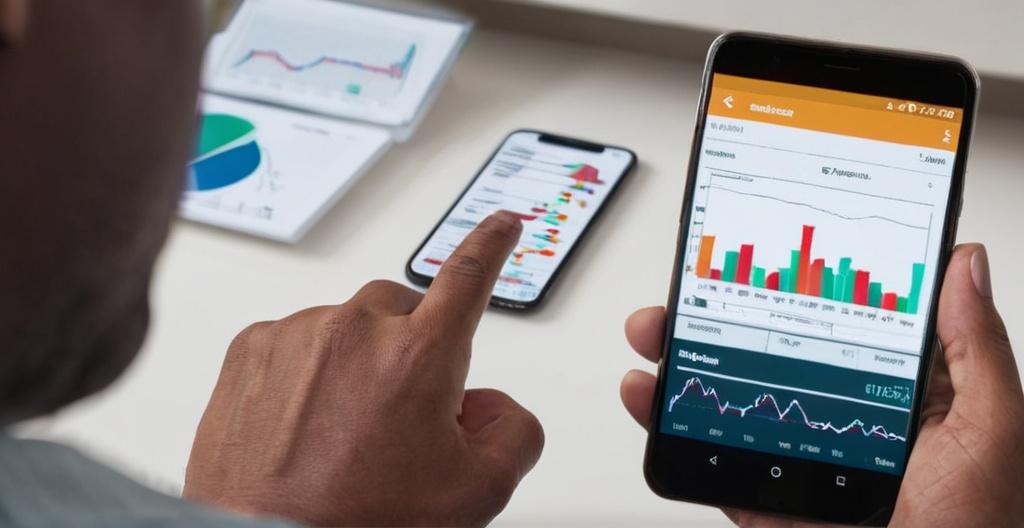Key Take Aways About Best Execution Monitoring
- Best execution monitoring ensures optimal trade outcomes by overseeing prices, liquidity, timing, and costs.
- Regulatory frameworks like MiFID II mandate best execution, emphasizing fairness and consistency for clients.
- Technology assists in data analysis and anomaly detection, complemented by human judgment.
- Execution quality evaluation considers price improvement, liquidity, speed, and overall cost.
- Challenges include dynamic market conditions, data quality issues, and regulatory compliance.
- Success in this area involves balancing tech with human oversight to maintain integrity and client trust.

Understanding Best Execution Monitoring
Well, when you’re talking about trading, one concept that sneaks up a lot is best execution. It’s essentially ensuring that trades get the best possible result given prevailing circumstances. But how do you actually keep an eye on that?
Best execution monitoring is the watchdog that keeps traders honest, ensuring trades are not just thrown into the market willy-nilly. It’s all about being on top of prices, checking the liquidity, timing, and any costs involved.
The Nuts and Bolts of Best Execution
At its core, best execution is about finding the sweet spot in the market. The right price, the right time, all that jazz. Firms have this obligation under regulatory frameworks like MiFID II in Europe. But what does it look like in practice? Traders need to be like Sherlock Holmes, investigating to make sure trades aren’t slipping through the cracks or getting fleeced on costs.
To do this, firms typically rely on a blend of technology, human oversight, and a dollop of market savvy. This isn’t about ticking boxes or spinning the regulator’s wheel. It’s about consistent and fair outcomes for clients, a motto you might say.
The Role of Technology in Monitoring
While human intuition is grand, you can’t really beat technology for crunching numbers and spotting trends. Software tools can scour through heaps of trading data, making it easier to spot anomalies or trends. Automated alerts can be set up; if a trade doesn’t meet the expected parameters, a digital red flag goes up.
But tech isn’t doing this solo. Traders still play a pivotal role, analyzing the data and deciding if action’s needed. The idea is to marry the precision of technology with the judgment of experienced professionals.
Evaluating Execution Quality
Okay, so when you’re evaluating execution quality, you look at several factors. We’re talking price improvement, liquidity, speed of execution, and the overall cost. It’s like checking all the boxes before you buy that fancy new gadget.
Comparative data is gold in this task. That means looking at executions across different venues or benchmarks. If a firm’s slacking in one area, this data will show it.
But here’s a kicker: just because a trade looks good on paper doesn’t mean it wasn’t a dodgy deal. Evaluating execution isn’t just data; it’s context. Market conditions, volatility, and other external factors are all part of the recipe.
Challenges in Best Execution Monitoring
Oh boy, where to start with challenges. First off, just keeping up with the ever-changing market conditions is a headache. It’s not just the market but regulations are a shifting maze too.
Data quality can also be an issue. Garbage in, garbage out, as the saying goes. If you’re relying on bad data, don’t expect any great insights. But not all firms are created equal here; some might not have the same level of resources or technological infrastructure.
Then there’s the human element. Automated systems can hiccup, but human error is a whole other can of worms. Ensuring compliance with regulatory frameworks while actually understanding them—no small feat.
Conclusion
Best execution monitoring isn’t just a box to tick—it’s an ongoing commitment to achieving the best outcomes for clients. By leveraging a symbiotic relationship between tech and human oversight, traders can better navigate the maze. Understanding and adapting to challenges while maintaining close monitoring can make a difference. So whether you’re an old hand in trading or just dipping your toes, this is one area you can’t afford to ignore.
Remember, it’s not just about getting the best price, it’s about securing trust, ensuring fairness, and maintaining the integrity of the trading process.